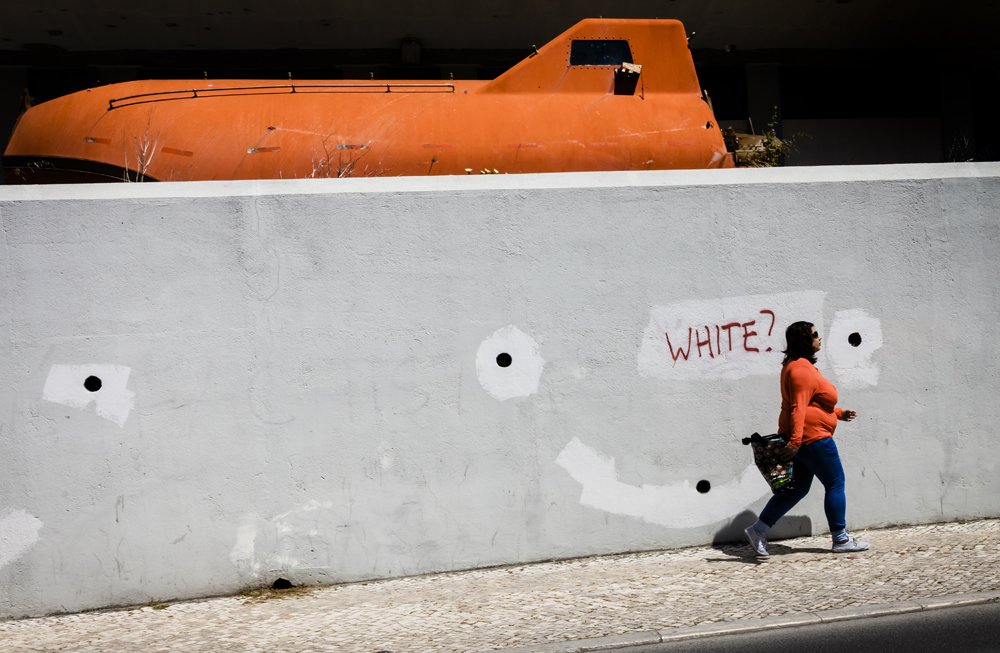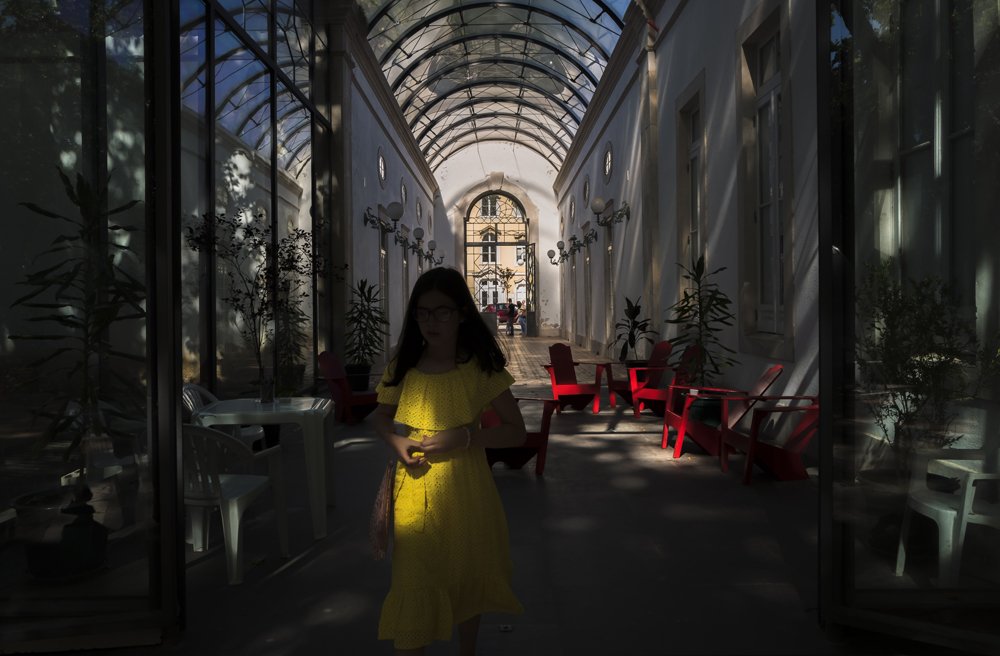
WHO?
Born in Lisbon, Portugal, in 1944. During my childhood I was influenced by the pictures of the great painters reproduced in an illustrated encyclopaedia. The fascination was instant and perhaps my first step towards constructing an aesthetic culture.
Later, in the early years of high school, the art teacher encouraged us to organize exhibitions with paintings cut from calendars or magazines. These ‘exhibitions’ by great artists on different types of paintings was a second important step in the evolution of my “eye”. It was the beginning of the “road to seeing.”
My interest in photography only emerged in 1970s after seeing my first photo book: “A Day Off” by Tony Ray Jones.
I became a gastroenterologist and from 1983 lived in the city of Caldas da Rainha in the center of Portugal. However in retirement I resumed my sleeping passion for photography. Initially with contemplative landscapes but by the end of 2014 I began making photographs in public places. It was a deliberate and decisive moment, an intentional choice of a new way of life.
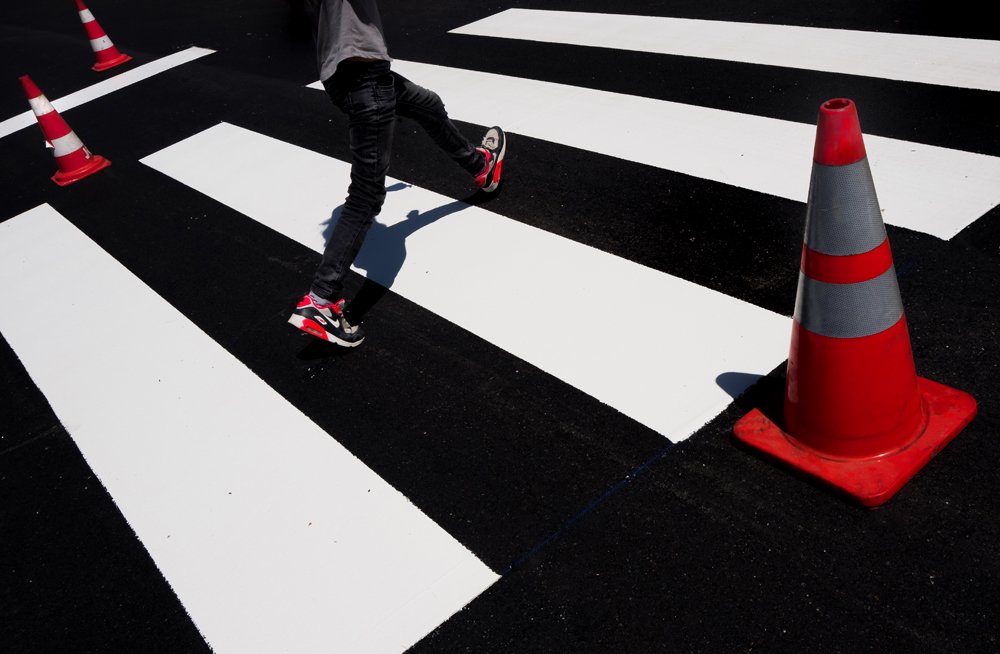
WHERE?
I started by photographing my hometown of Caldas da Rainha (about 30 thousand inhabitants). Also on the streets of the castle of Óbidos and on the beach of Foz do Arelho, both about 7 km away from Caldas.
Shooting on the streets of a small town is a real challenge. Extraordinary situations are much rarer than in large cities. Caldas da Rainha and Óbidos are hard places to do street photography. We find subjects only in some squares and a dozen or so streets but there is an open-air market and a beautiful park. There are also churches, monuments, the beach, the largest lagoon in the country and the castle.
Caldas does not have walls with saturated colors like Cuba or Morocco. And people dress conventionally so it is difficult to find extrovert characters that are more common in cities like London or New York. It therefore required constant observation to find places with the right colors and adequate light, at the right time. I returned many times to the same places — at the same hours — constantly adapting to the strong sunlight.
As a result, a photo book with the name “99” was born (January 2020), with 99 photographs taken between 2016 and 2019. The book includes an Essay by David Gibson and an Afterword by Paulo Abrantes.
Now, after finishing this first project — done only in the region where I live — I am starting a second in other places in my country, so far mainly in Lisbon.
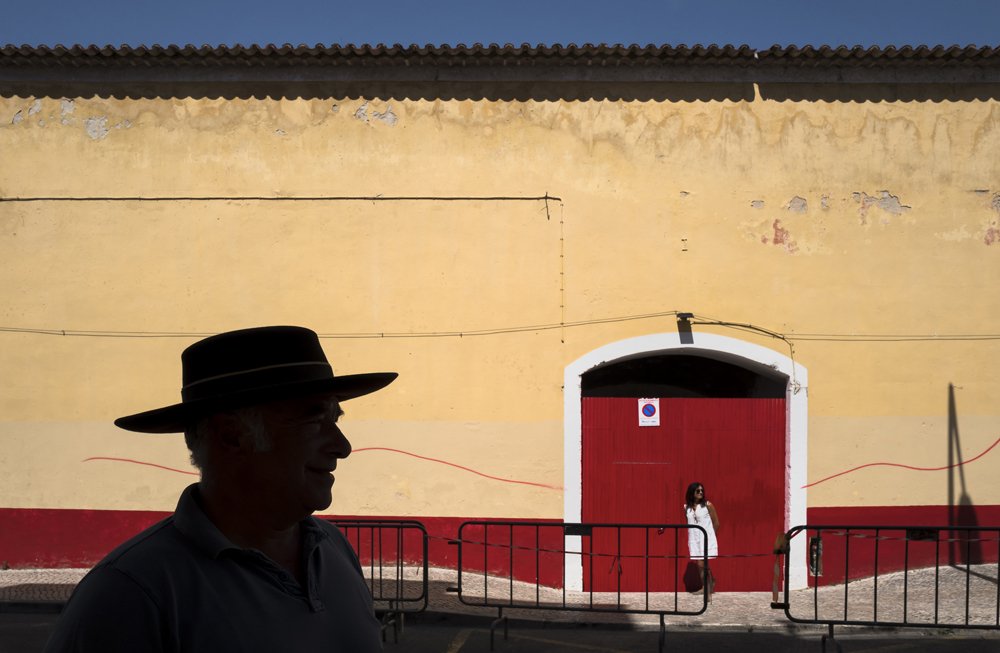
WHEN?
During 2015 and 2016, my photographic “voice” changed, my work became color using a compact camera. Since then I’m fascinated by the unpredictability of street photography, following an almost daily routine where I photograph for my pleasure. It’s a healthy obsession that leads me to discover daily miracles that appear as fragments of a parallel dimension. And now I feel that my photographic voice is possibly changing again.
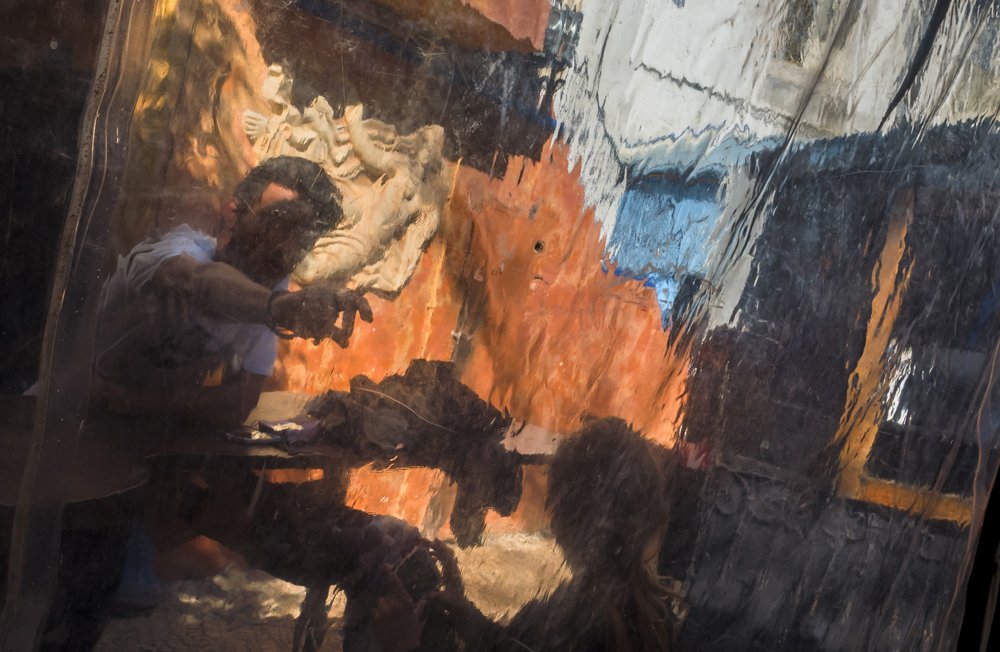
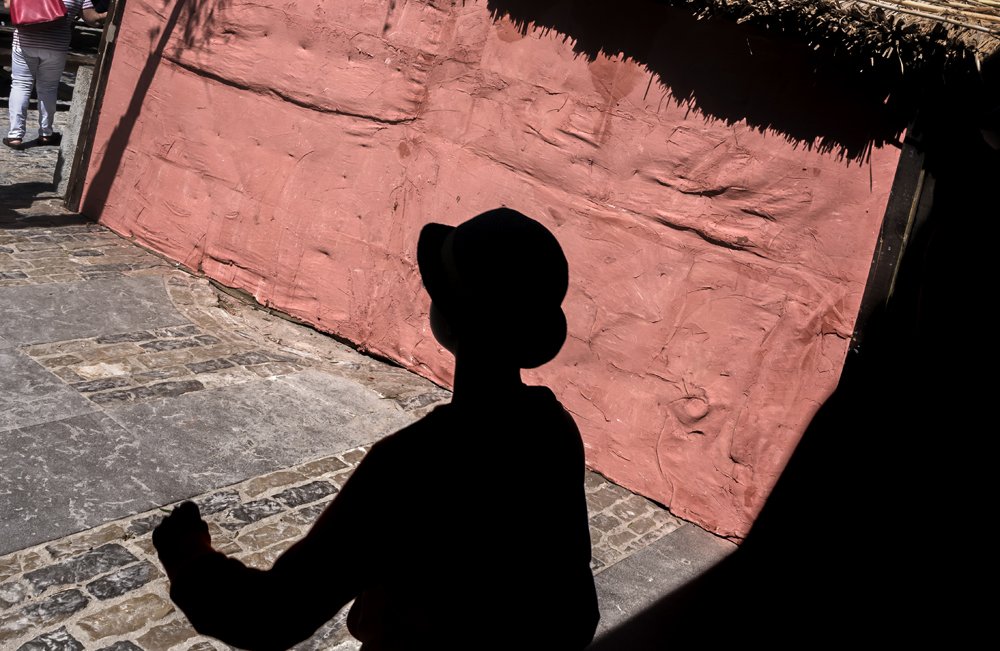
WHAT?
I’m seduced by the magic of light in the urban kaleidoscope especially when fragments of colors emerge between dark silhouettes and deep shadows. A way of seeing through aesthetic choices, geometries and the combinations of contrasts. The aesthetic approach, the chromatic composition, little moody details of city life, emotions and the graphic impact are decisive.
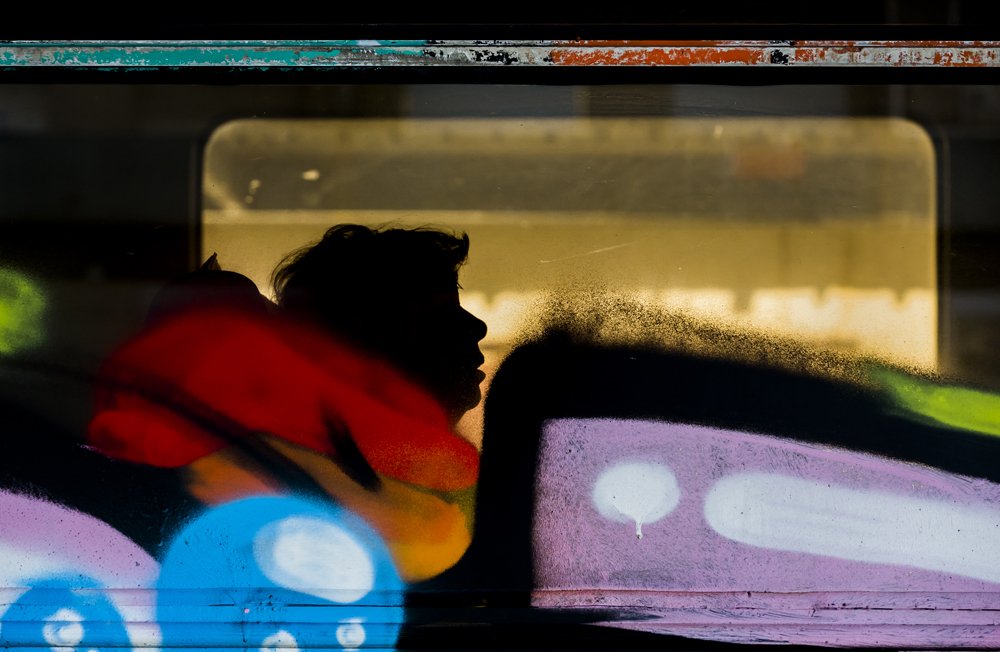
WHY?
Visual Pleasure. Feeling happy. Learning about myself. A personal search and discovery — outside and inside. I love walking around the streets randomly hoping that I might be surprised by something extraordinary. Sometimes I feel like a stealthy hunter looking for moments of beauty in the urban forest. Focused on the Present and without the problems of the Past or the Future. The alert senses raise my happiness hormone levels. And of course when I think I have a good photo I feel in a state of grace. Photographing on the streets of any city is life-saving. I think I would die quickly without it.
